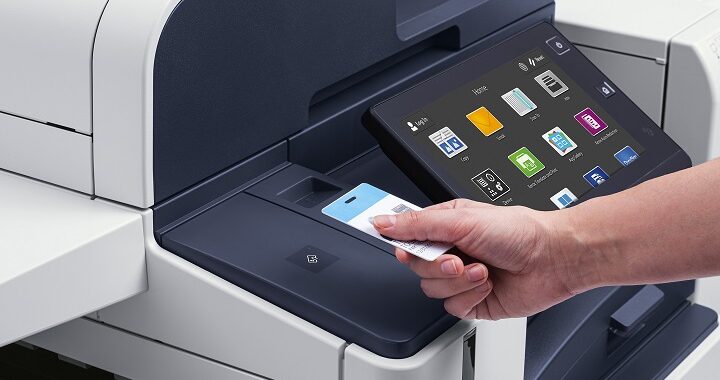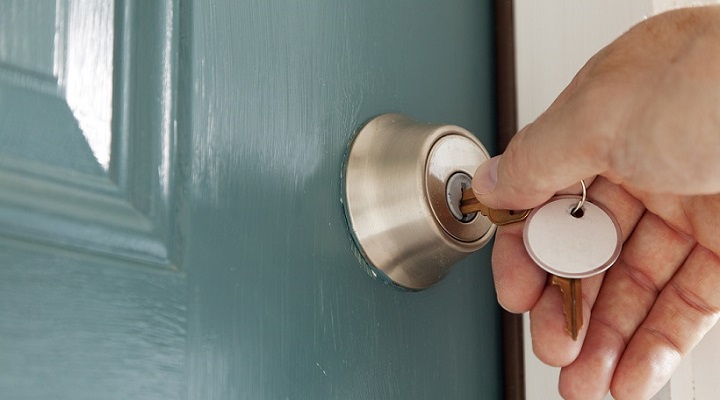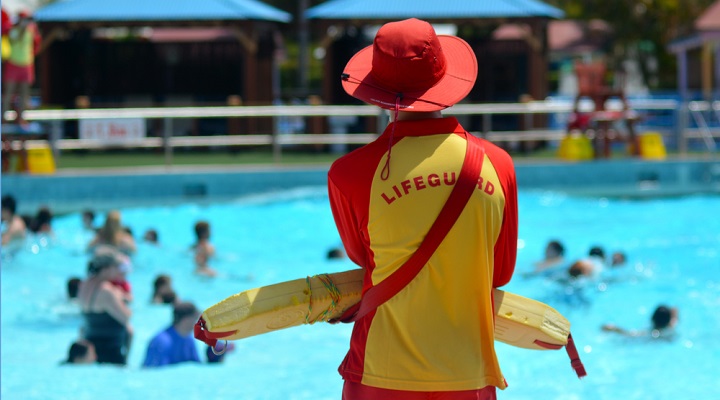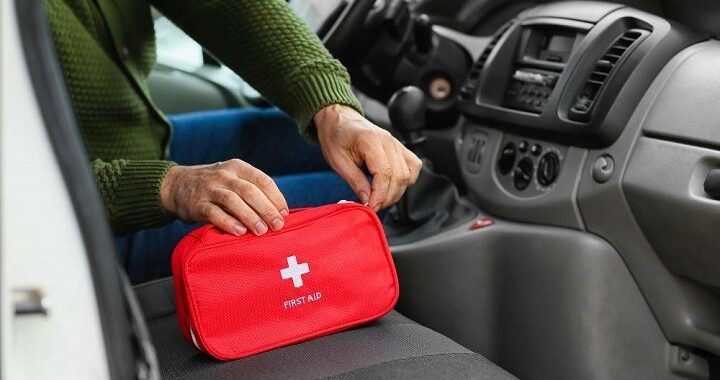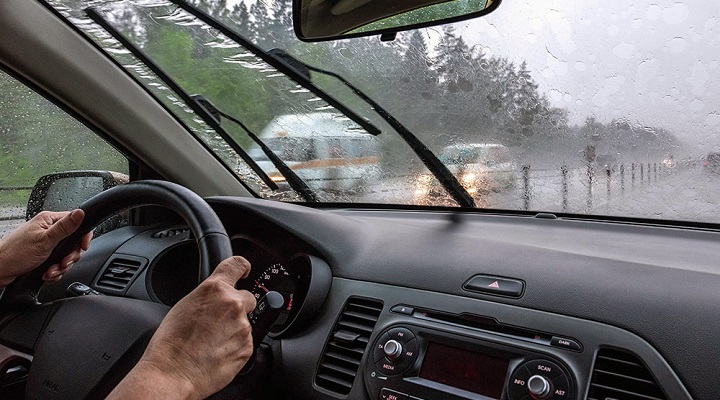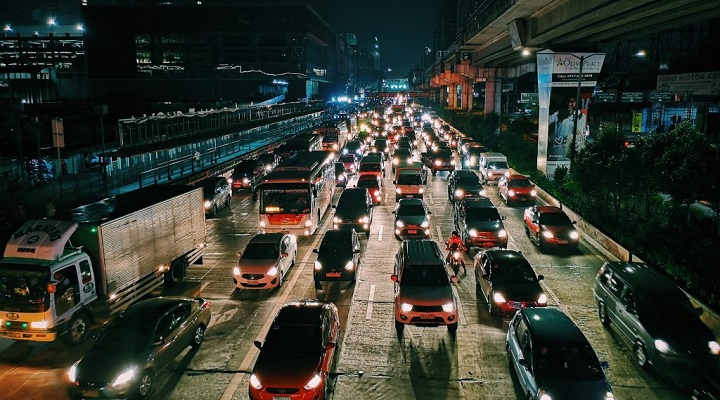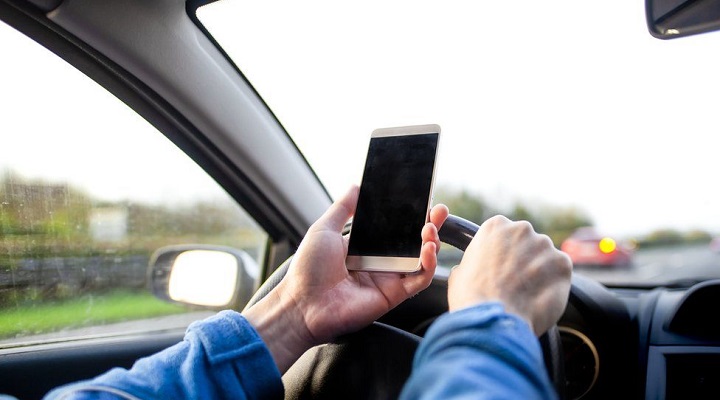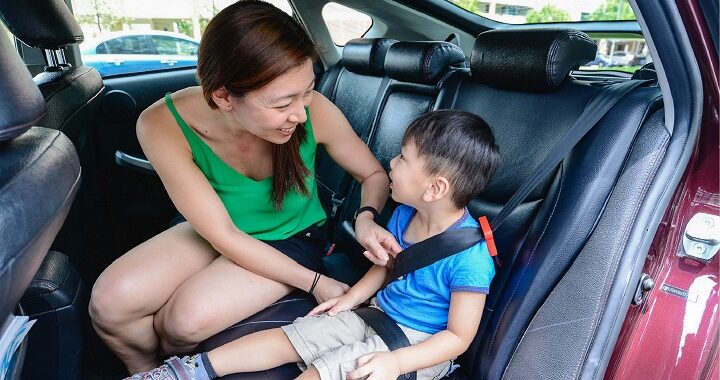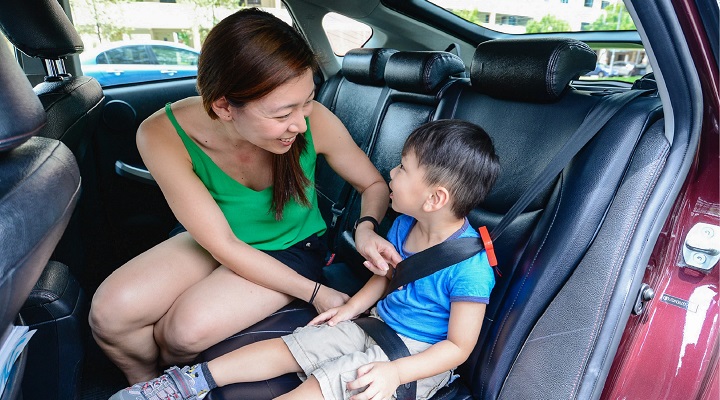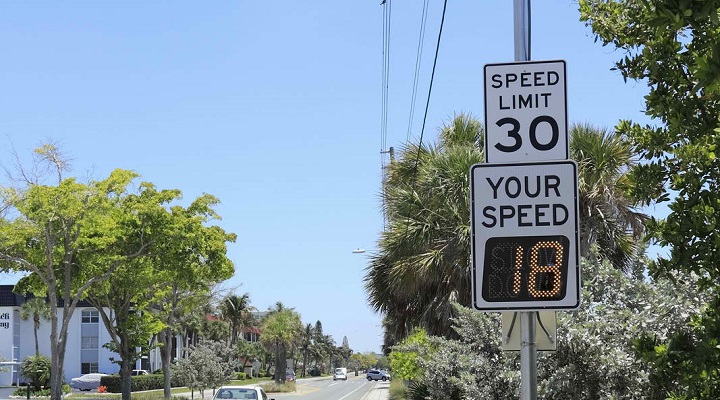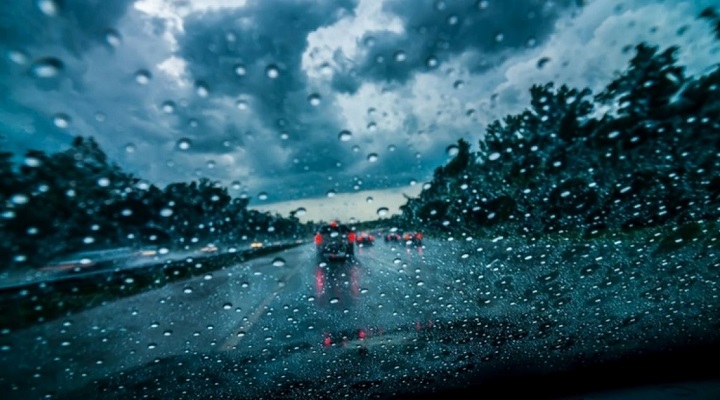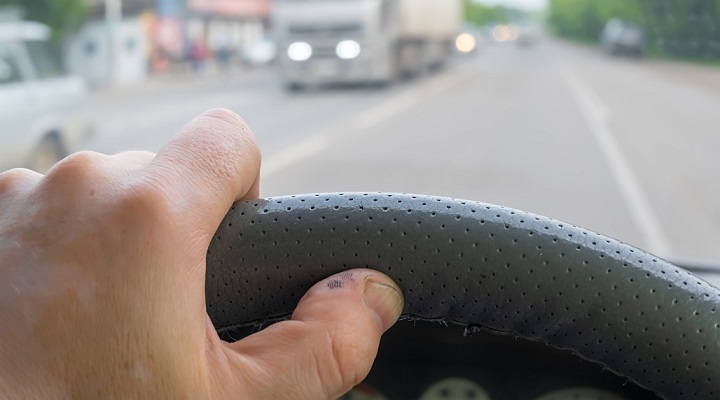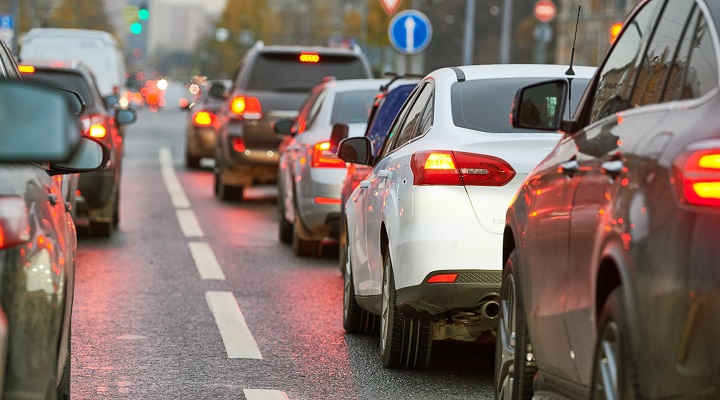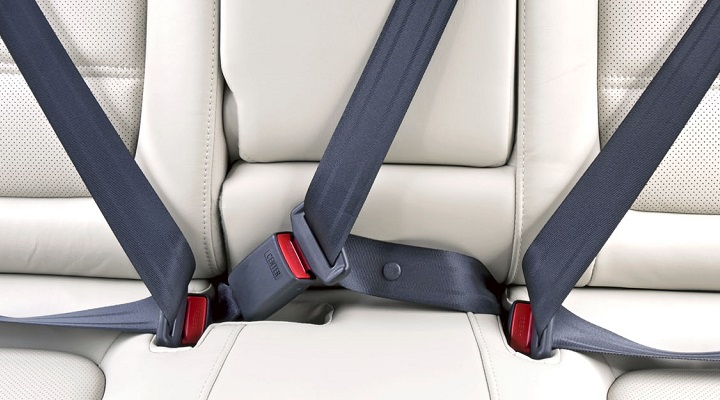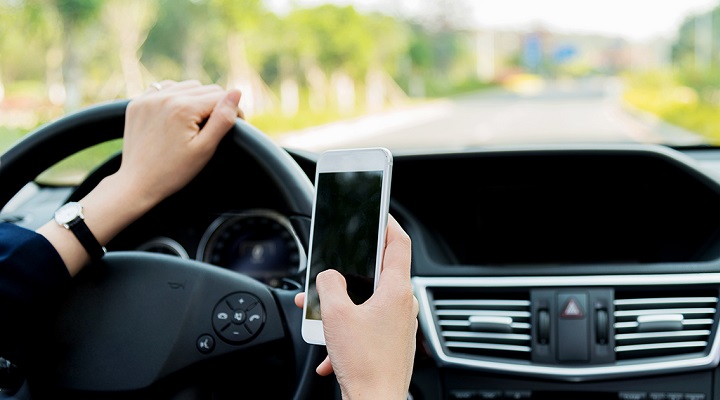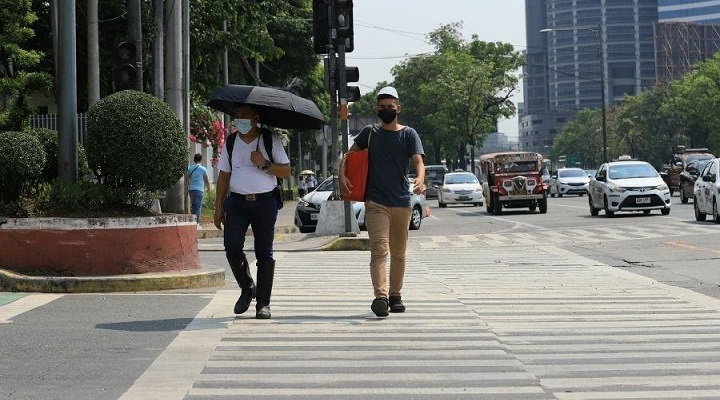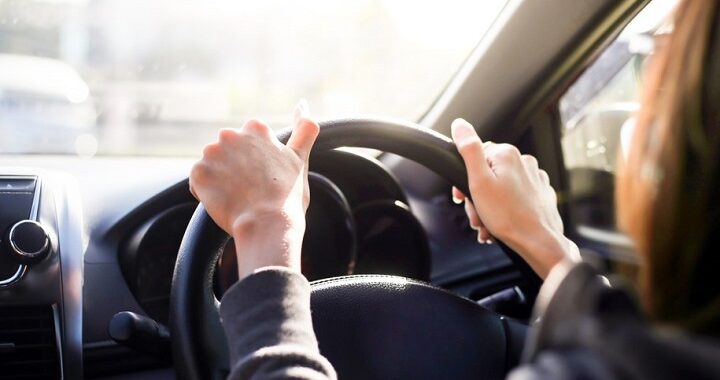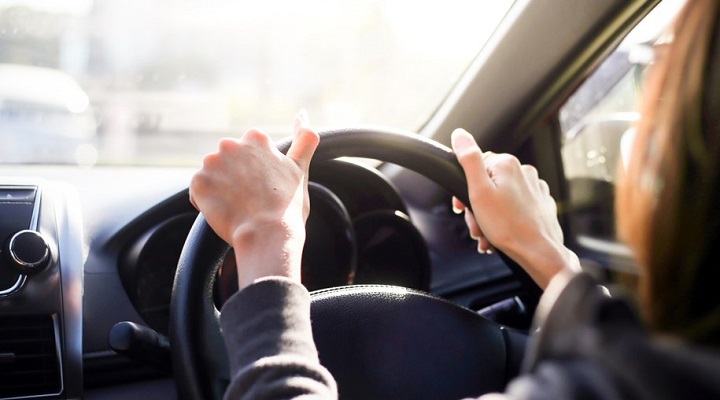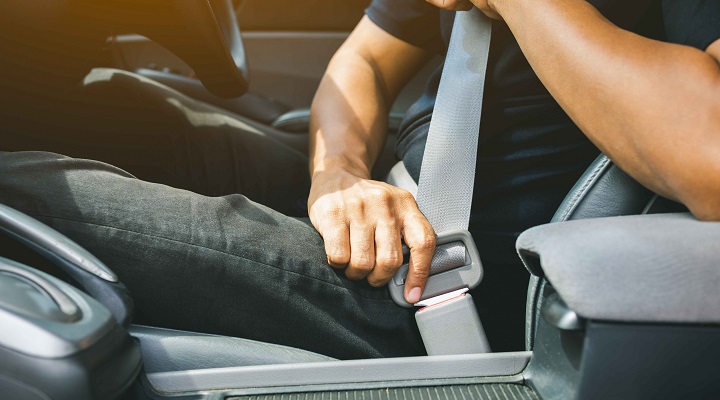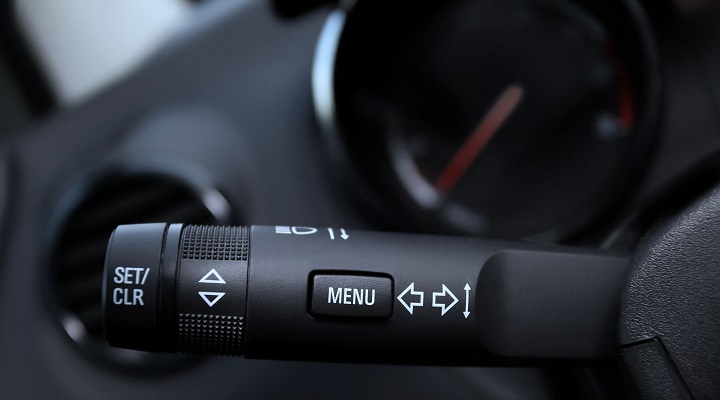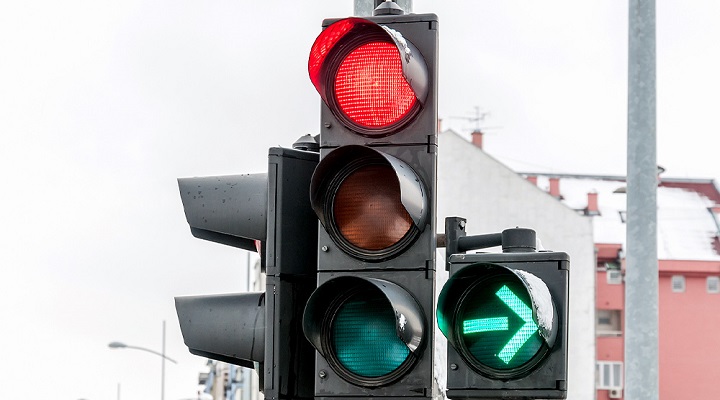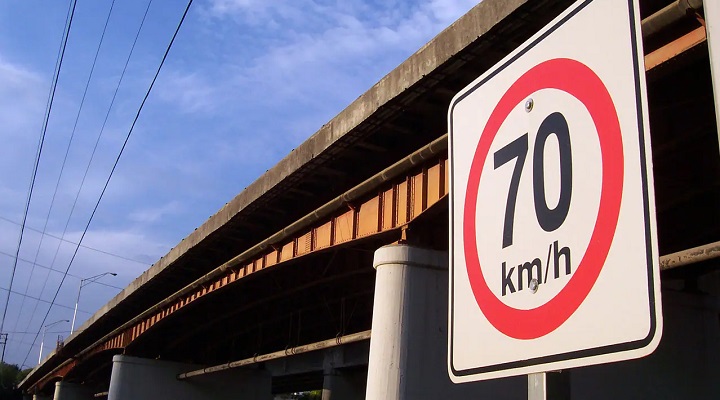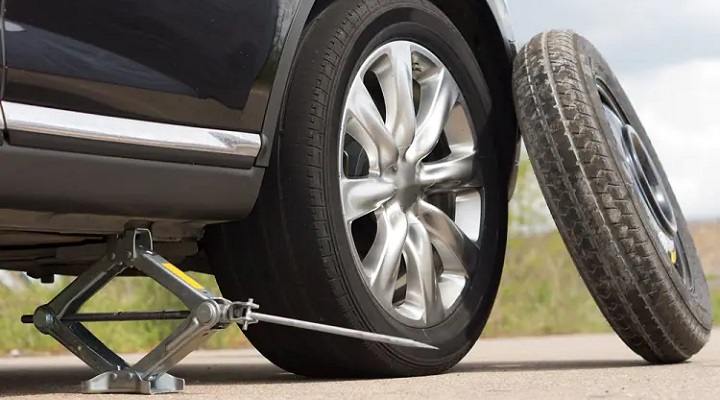
Staying Safe in the Summer with these Tips to Remember!
When we talk about summer we envision hot lazy days, bikinis, swimming, biking around the city, visiting the mall to escape the heat, and many more. But summer also poses risks for us even when we’re out in the sun, on the beach, and on vacation just enjoying the warm summer breeze.
Now that you’re making plans for the coming summer months, it will be important for you to note some safety topics there are in this season. This valuable information can make or break the enjoyment you can have on your vacation so read some more!

STAY SAFE FROM THE SUN
Most people don’t take sunburn seriously. They are painful and can lead you to developing a skin condition in the future. Knowing safety against the sun can keep you and your family safe this summer season
-Regularly apply sunscreen that has an SPF rating of 15 and higher.
-Bring equipment that can give you additional shade such as an umbrella or a tent.
-Wear your sunglasses to protect your eyes from the harmful UV rays.
-Even when it’s cloudy outside, still use your sunscreen and sunglasses.
-Wear a wide hat, some protective clothing, and more to protect your entire body for extended periods of time.

PREVENT HEATSTROKE AND DEHYDRATION FROM THE HEAT
The sun makes people overheat sometimes and this can lead to a heat stroke, heat exhaustion, or even a heat rash! Prevent these illnesses and dehydration by practicing the following safety tips:
-Drink plenty of water and stay inside during the hottest period of the day.
-Cloudy days don’t protect you from the heat of the sun. You will still be affected.
-The signs of heat rash look like tiny pimples on your skin. This indicates you’ve spent too much time under the heat.
-Keep close watch of your body and of your companions’. They may feel too hot and have headaches, dizziness, confusion, and a dry mouth.
-When you’re inside, use air conditioning and wear light clothing. The heat can get inside your home or hotel room.

HAVE FUN IN THE SUMMER WHILE STAYING SAFE IN THE WATER
Water is a staple when you and your family are having fun in the summer. However, it is also a hazard for everyone. Drowning is a serious calamity that can happen just to anyone. Keep these practices in mind when you’re going on a water adventure with your family this season:
-Check the water quality. Search up online on some news or posts by other people about the beach or pool you’re going to in case of harmful bacteria.
-Be careful when you’re near flowing waters such as natural pools, waterfalls, rivers, and lakes. They can undergo sudden rises in water levels and surprise people. Be calm and act swiftly in this situation.
-When you go on a camping trip, make sure that you use a water purifier when you source it from a lake or a river. Micro-organisms you can’t see might live in these waters and cause illnesses among your family.

BE CAUTIOUS WHEN YOU’RE ON YOUR SUMMER TRIP!
Summer is the time that works best for family beach outings and vacations in new places. But this also means you will be exposed to new hazards on the way. Practice caution and keep safety a priority when you travel. Keep the following in mind:
-Drive only when you’re sober. Avoid going behind the wheel if you’re drowsy, sleepy, dizzy, and under the influence of alcohol.
-Check your vehicle before going on a road trip. Make sure it gets its regular maintenance, pack an emergency kit, bring a spare tire, and a first aid kit before heading to your destination.
-Avoid public announcements of your trip while you’re out of town. This can make your home vulnerable to robbery.
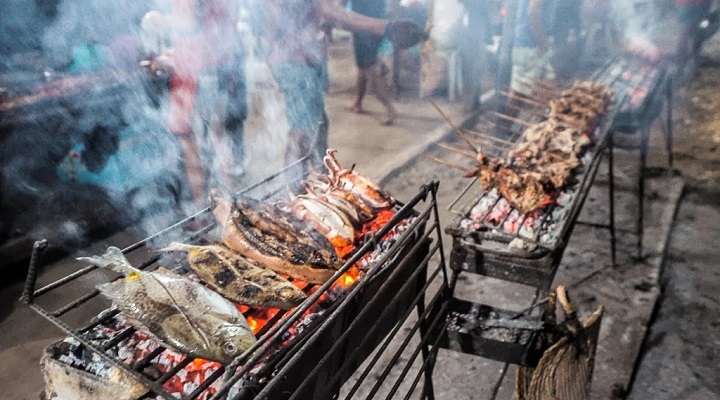
COOKING IN THE OUTDOORS WHILE STAYING SAFE
Outdoor cooking is a staple when you’re on a beach trip or just in your backyard enjoying the warm breeze. However, you must practice caution while you’re manning the barbeque grill this summer.
-Avoid food poisoning by proper storage and cooking of food.
-Keep a no-touch zone around the grill, especially when there are children and drunk people around.
-Have your grilling tools and ingredients near your grilling area. This way, you can always supervise the barbeque spot.

AVOID INSECT BITES ON YOUR SUMMER OUTING
Outdoor cooking is a staple when you’re on a beach trip or just in your backyard enjoying the warm breeze. However, you must practice caution while you’re manning the barbeque grill this summer.
-The summer season is a time where the hills and the bugs are alive and buzzing. Keep you and your family safe throughout this period by proper prevention measures.
-Use bug repellent lotions and sprays on your body.
-Do a body check at the end of the day to check for possible bites and place ointment on them.
-Prevent using scented body products such as lotions and soaps as these can attract bees and other types of bugs.
-Take note of stagnant pools and puddles around your home since this makes insects thrive.

